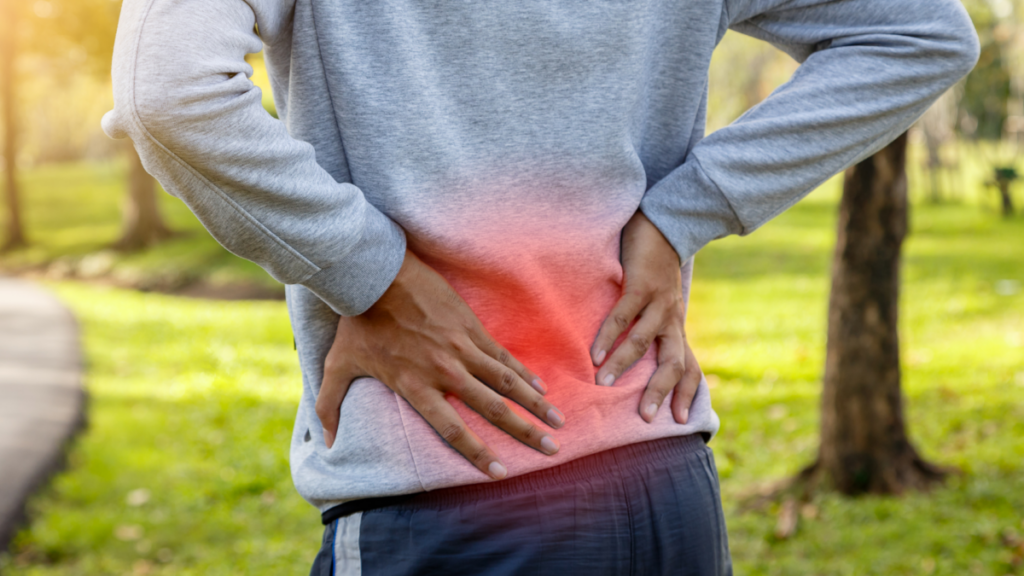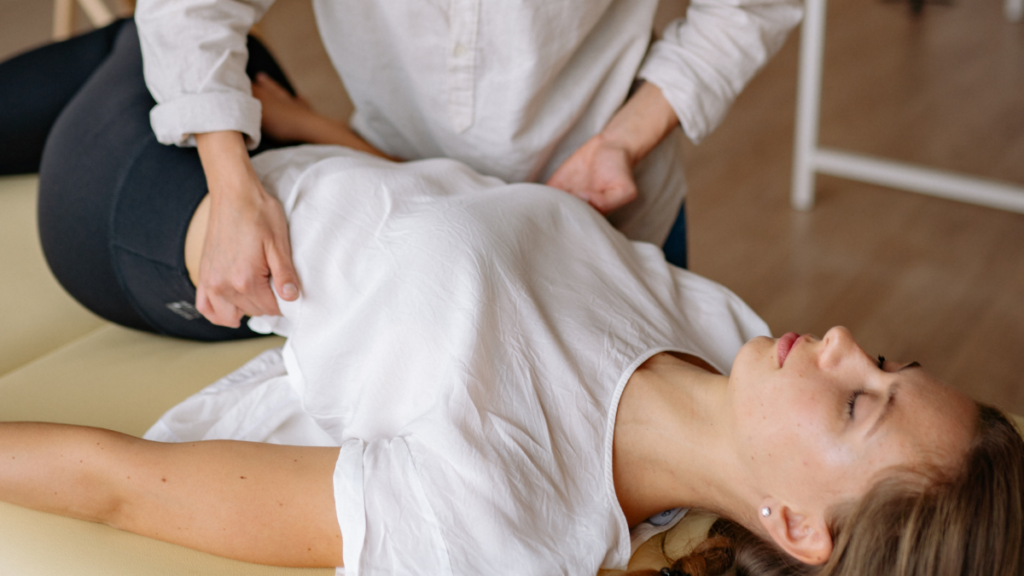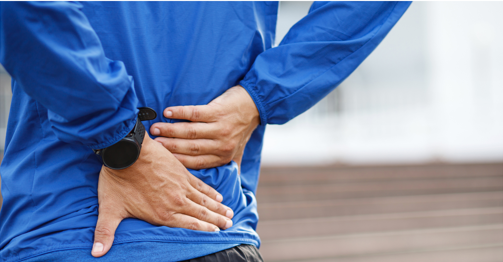Understanding Herniated Disc Symptoms, Causes and Prevention Strategies

Waking up to an unfamiliar back pain raises the question: Do I have a herniated disc? Recognizing the symptoms of a herniated disc is crucial for early detection, but equally important is understanding the common causes behind this condition. Let’s explore the signs of disc herniation problems and potential causes that might be contributing to your discomfort.
What are the Top 5 symptoms of a herniated disc?
While a herniated disc can cause back pain and referred pain (nearby areas of pain), these five symptoms may mean you are experiencing disc or herniation problems in your back and should not be ignored.
1. Radiating Pain in the Arm or Leg:
- Lower spine-related pain may radiate over the buttocks, down one thigh, and into the calf.
- Upper spine-related pain may radiate through the shoulder and arm.
2. Numbness or Tingling:
- Patients with a herniated disc often experience numbness or tingling in the area served by the affected nerves.
3. Severe Discomfort:
- Pain may intensify with movements like sneezing, coughing or sitting. In severe cases, finding comfort, even lying down, becomes challenging.
4. Limited Range of Motion:
- Inability to fully straighten your neck or back may indicate disc problems.
5. Muscle Weakness:
- Muscles connected to the affected nerves may weaken, leading to difficulty lifting or holding items, or result in issues with balance and coordination.
Top Causes of Herniated Discs
Understanding the root causes can provide valuable insights into preventing and managing herniated discs. Common causes of herniated discs include:
Age-related Wear and Tear: The natural aging process can lead to disc degeneration, making them more susceptible to herniation.
Injury or Trauma: Sudden forceful movements or accidents can cause discs to herniate.
Poor Lifting Techniques: Incorrect lifting, especially with a rounded back, puts excessive pressure on the spine.
Genetics: Some individuals may be predisposed to herniated discs due to genetic factors.
Excess Weight: Being overweight puts additional stress on the spine, increasing the risk of disc issues.
Early intervention and understanding the contributing factors can significantly impact the management of herniated discs.
How Can I Prevent A Herniated Disc?
Reduce your risk of a herniated disc with these prevention strategies:
- Chiropractic adjustments
- Maintain good posture
- Spinal Decompression
- Keep a healthy weight
- Regular exercise
- Strengthen your back and core with recommended exercises
- Take breaks every 20-25 minutes if you sit for extended period

Early intervention and understanding the contributing factors can significantly impact the management of herniated discs. Take proactive steps toward spinal health and seek the right guidance for a healthier, more comfortable life. If you recognize these symptoms or are suffering from spine-related pain, consider the potential causes and consult with a HealthSource Chiropractor near you.
